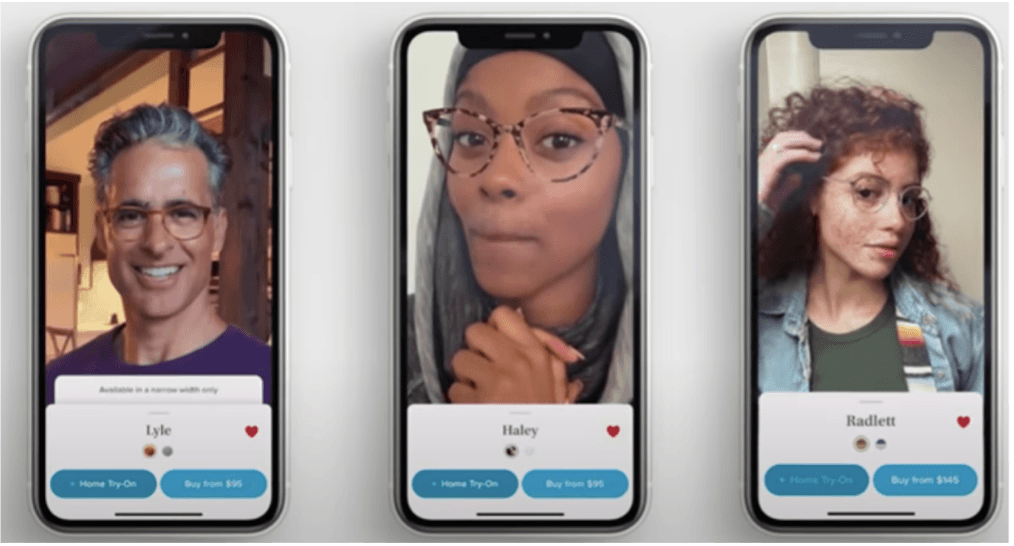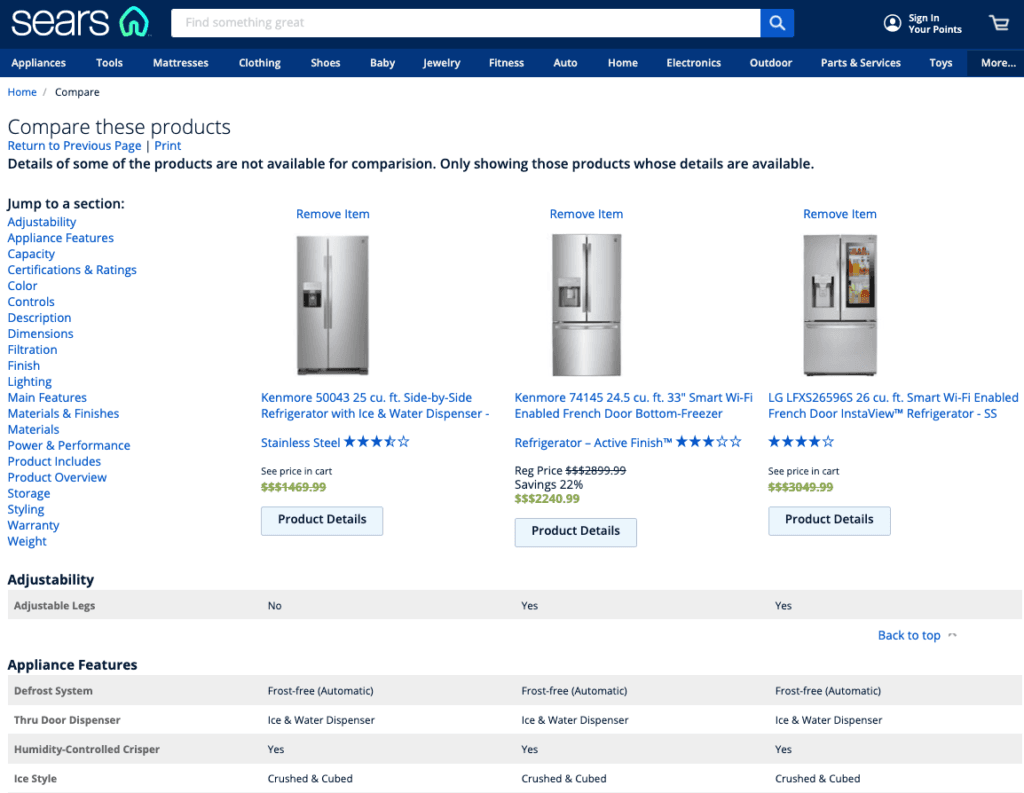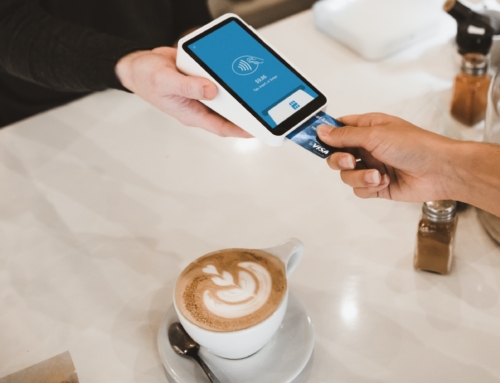Customer engagement is a nebulous term that means a lot of different things to a lot of different people. And this makes engagement all the more difficult to actually measure! In my last article (Actionable Strategies for Driving Customer Engagement: 4 Go Do’s), I defined engagement and outlined ideas for connecting with your customers. In this article, I’ll walk you through four steps to measurement that will put this marketing buzzword to work for you.
1. Define the ideal customer journey
Before you begin defining what engagement means for your brand, it’s worthwhile to take a step back and understand your typical customer journeys. I know this sounds like a fluffy marketing exercise, but they are imperative for spotting friction points with your customers and fixing them. What are the various touch points a customer/potential customer has with your brand?
Map those touch points from discovery through purchase and post-purchase. Identify the channels and content a customer may encounter along the way. What does a customer need from you and when? To make this an even more useful exercise, map how these journeys and expectations differ by customer persona.
For example: When I was at Michaels Arts & Crafts, we analyzed SKUs purchased to determine a customer’s skill level and inform relevant offers and content. We knew that customers who purchased oil paints, for example, tended to be more advanced artists. So, rather than fill these artists’ inboxes with coupons for paint-by-numbers kits, we sent project ideas to these customers that aligned with skill level and inspired their next creation. Driving engagement through email was critical: customers who received our emails spent 70% more than customers who did not receive Michaels’ emails.
2. Define what you mean by “engagement” for each channel
Journeys are helpful for mapping the current state of engagement with your brand. This exercise will give you a broad look at the many opportunities you have to engage with your customers. This is the ideal time in the engagement measurement process to reflect on your goals for engagement. What outcomes do you want engagement to drive? Let’s use new product awareness as an example. If you know that your customers typically learn about new products on Instagram, then consider measuring likes, comments, shares or story views from your brand and your influencer/affiliate network.
What matters to your brand when it comes to engagement could differ widely from other brands. To help bring these steps to life, let’s take a look at sample engagement goals for two very different brands:
Goal: Free at home glasses try-on conversion.
Journey: A journey toward the at-home try on may look like this… You compliment your friend on her new glasses and discover that she purchased them through Warby Parker. You visit the brand’s Instagram page to learn more and view some of the latest styles – it’s helpful to view them on real people! You learn about the brand’s mobile app that enables virtual try-on. You download the app, create an account, and try on some new frames. You “favorite” a few selections and build your at-home try-on box. Upon receiving the box, you delight in the beautiful packaging presentation, snap a few selfies and post them to your Instagram stories so your friends can vote on which pairs to keep.
Channels + content: Instagram – new spring style posts, Mobile app– virtual try-on
Engagement Metrics: Instagram– post likes, shares. Mobile app –set up and use virtual try-on feature, favorites.
Warby Parker’s virtual try-on feature in the brand’s mobile app creates an engaging and meaningful experience that nudges prospective customers toward the free at-home try-on. At each touch point, the brand is co-creating valuable and relevant content with customers and makes it easy to share this content with friends.
Goal: Store visit to explore new refrigerators
Journey: A journey toward a weekend visit to Sears may look like this… Your refrigerator sounds like an airplane about to take flight. You reluctantly Google new refrigerators. It’s been about eight years since you purchased your current model – how much do these things cost today anyway? Cue immediate overwhelm once you see the range of prices and features. Do you really need your refrigerator to play music and let you know who is at the front door? Not sure how you feel about moving to a drawer-style freezer? Your Google search reveals that a model you’ve been eyeing is available at a nearby Sears Hometown store. You click through the link and use Sears.com’s comparison feature to view a few models side by side. You view what is essentially two spec sheets next to one another. There isn’t a way to choose which feature from which refrigerator you like best. Frustrated, you decide to ask a friend who recently bought a refrigerator for her opinion on your selections. There isn’t a share feature, or even a way to save the comparison to your profile. You somehow muster the motivation to visit Sears, thinking one of the refrigerators will just “speak to you.” Much to your chagrin, you learn that only one of the four models you compared is available in-store nearby, and none of the models are available for same-day delivery.
Channels + content: Google search results, Sears.com comparison feature
Engagement Metrics: Inbound SEO links, no mechanism for tracking use of comparison tool (you can print your comparison, but no way to save to your profile or share)
I lost track of how many times I stubbed my toe in the Sears scenario. Sears had an opportunity to be a trusted source of information for a key product category but failed to anticipate customer needs at each step of the journey. Given that other stores sell the same brands, it is especially important for Sears to drive engagement across channels to motivate a store visit and purchase.
In both cases, we looked at high-involvement items that likely require some consideration since these are things you’ll use daily. Purchases like these are typically characterized by considerable research and solicitation of advice from friends and family. Both brands were presented with opportunities to share relevant and engaging content that would serve the user in their need state and channel of preference. Where Warby Parker passed with flying colors, Sears could barely tackle the basics.
3. Use the right tools
I love to say that “you can’t measure what you can’t track.” At this point, you’ve defined the engagement metrics you want to track. Now, you need the right tools to measure those metrics. This is where measuring engagement can get overwhelming, but hang tight. The market is packed with engagement tools and platforms that differ widely in metrics monitored, capabilities, sophistication, ease of use and cost. I find it easiest to group these solutions into three categories:
- Channel-specific solutions: many of the very channels you are leveraging to drive engagement have tools built in—Facebook Insights, Mailchimp—to enable engagement measurement. Other solutions—Hootsuite, Google Analytics—monitor and measure engagement for individual channels.
- BI Platforms: allow you to access, manage and analyze data from myriad sources. Try Tableau, Power BI, or Microsoft Dynamics.
- Customer Engagement Platforms: gather and analyze data from disparate systems and leverage these insights to optimize all customer interactions. Examples include Salesforce Marketing Cloud, and Pega Customer Decision Hub.
4. Test + learn
This is so important! No matter which measurement tool you choose to use, gather and track data over time to establish baseline metrics and detect patterns in your customers’ behavior. Analyze the performance of the channels and content that drive customer engagement for your brand. Continually revisit your customer journeys, need states, and segments to refine the engagement experience. Are there barriers you can remove to make your content more approachable or easy to use? Have you outgrown the capabilities of your current measurement tools? Once you’ve done the heavy lifting upfront, it’s a cinch to keep an eye on the metrics you’ve deemed worthy.
Though the steps outlined above may appear linear, the process for measuring customer engagement is truly cyclical. Customer journeys and relevant channels change, your goals evolve, and new measurement tools and platforms enter the market every day.










Leave A Comment